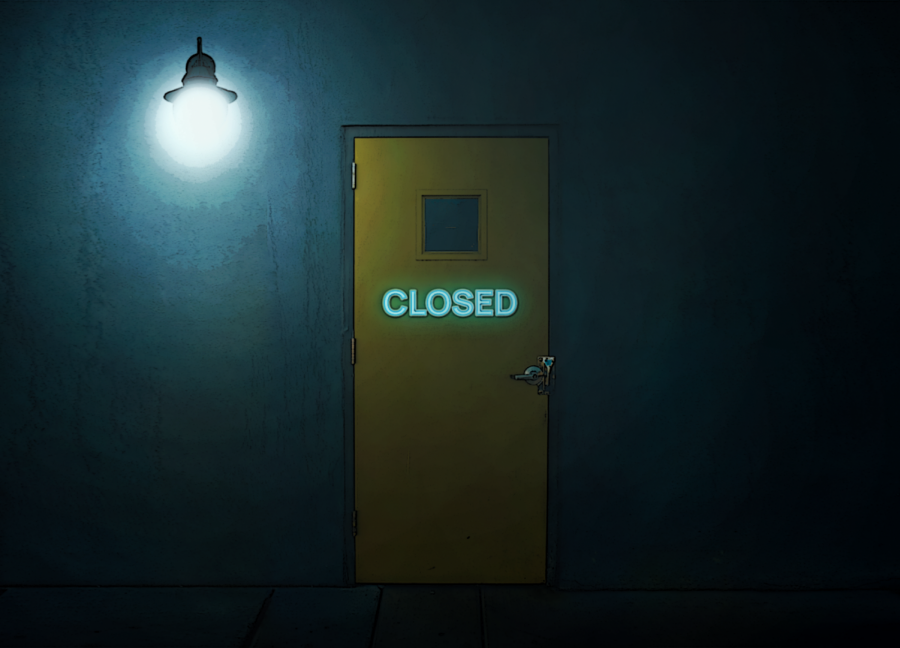UT buildings should be accessible to all students at night
March 29, 2021
Correction: This column has been updated and edited to clarify quotes attributed to Jimmy Johnson, the assistant vice president for campus safety, and to provide more context surrounding building security measures and practices. The Texan regrets this error.
Students walking across campus at night is a common occurrence. May it be a long night of studying at the PCL, an extracurricular event or even just time spent with friends, staying on campus after hours is something nearly all of us are familiar with.
But what happens when we’re alone? What happens when we need to walk down San Jacinto Boulevard where it’s dark and poorly lit? As safe as our campus is, there are still dangers.
One of the dangers lies with our buildings. Certain UT buildings are only accessible to specific majors at night, something that is simply unacceptable. University buildings, academic or general purpose, need to stop restricting their entrances after hours and should instead be accessible to all UT students.
Just a few years ago, a UT student was murdered on the UT campus while walking home at night. From that event emerged a cascade of security changes and implementations designed to make our campus a safer place.
Yet students still can’t reliably enter any UT building at night, even when it might save their lives. And interestingly, it’s not because of a lack of policy.
“All academic buildings are accessible 24/7 with a UT ID through the building’s celebrated entrance,” said Jimmy Johnson, the assistant vice president for campus safety, in an email. “Celebrated entrances enhance security by providing after-hours building access to those with a UT ID.”
However, “some buildings may have more security measures in place. You will need to reach out to each college or school to learn more about their lock schedule decisions making process for that building,” Johnson said.
Both UT’s general purpose and academic buildings remain hard to access 24/7.
“While studying, I personally had to let other students into buildings before whenever it was appropriate,” said Grant Schurtz, an electrical engineering and finance senior. “It’s upsetting how UT isn’t following its own policies regarding campus safety.”
“EER is accessible 24/7 via the celebrated entrance,” Johnson said. But some students say otherwise.
“If I’m a student walking near the (Engineering, Education and Research Center) at night and I’m being chased, I should be able to hide in the EER for cover,” computer science senior Aniket Joshi said. “But I can’t do that.”
The Cockrell School of Engineering declined to comment about the problem directly and referred any questioning to the Office of Financial and Administrative Services, where the Campus Safety department resides.
Regardless of reason, all buildings should be open to students 24/7 because student safety should come above all else. Fortunately, other UT buildings have begun to make appropriate changes.
In a discussion with Brent Winkelman, the chief of staff for the Department of Computer Science, the department learned that they’ve mistakenly locked the Gates Dell Complex for non-computer science majors after hours.
“GDC access policy conforms to campuswide guidance for general purpose buildings, which is that these buildings should be accessible 24/7 to all students regardless of major,” Winkelman said in an email. “We requested that 24/7 access be restored (to the GDC), and that change is now being enacted.”
The University buildings that restrict access by major aren’t limited to those mentioned above. Other buildings across the University all take part in the same dangerous restrictions. This needs to change.
Our students should not have to fear for their safety while on campus. Should that moment ever arise, being able to evade into a UT building should always be a possibility.
Ning is an electrical engineering and history senior from Katy, Texas.



